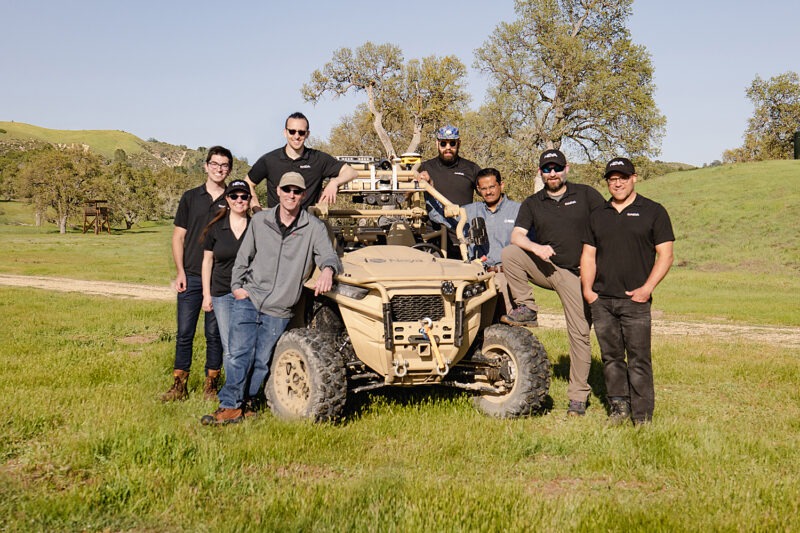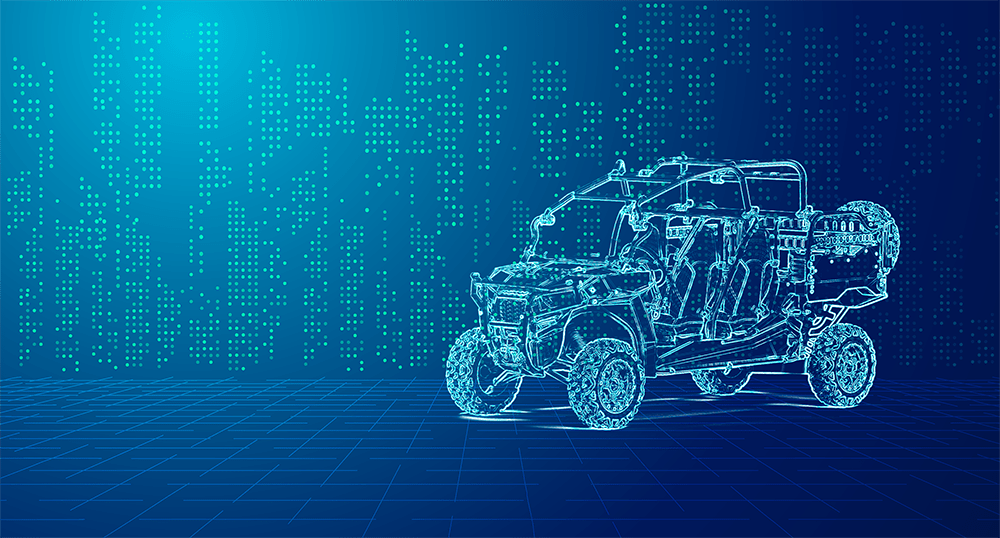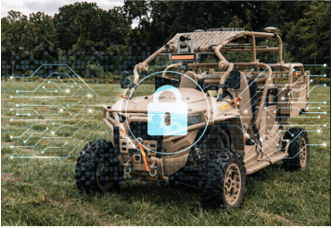Neya Systems has been awarded a Phase I SBIR by the Office of the Secretary of Defense (Topic OSD13-HS3) to develop a proof of concept of a next generation teleoperation system for high speed off road vehicles.
Under this Phase I SBIR, Neya will focus on a variety of on-robot and control stations technologies to enable robust teleoperation in low bandwidth, high latency communications situations. Neya’s Bandwidth and Latency Scalable Teleoperation System (BLAST) uses a combination of existing 3D model compression, semantic labelling, advanced trajectory planning, and an innovative gesture-based command input concept that explicitly allows a user to rapidly alter vehicle trajectory even in the presence of high latency.
This approach is expected to allow for successful teleoperation of a wide range of ground platforms at bandwidths as low as 3 kbps, and latencies as high as 5 seconds.
“The development of a teleoperation system which meets these stringent requirements would have an immediate transformative impact on the range of missions which could be conducted using unmanned ground vehicles”, said Dr. Parag Batavia, president of Neya Systems.
BLAST moves away from traditional teleoperation capabilities which rely on direct control of low-level actuation using video feedback, which typically have trouble at speeds above 2.5 m/sec. BLAST also moves beyond systems which present a 3D view to the operator, which allows for operations in rough terrain, but still requires relatively high bandwidth and low latency communications for direct vehicle actuator control.
BLAST will be compliant with the RS-JPO Interoperability Profile (IOP) V1 and upgraded to V2 when V2 is released.
Neya will be demonstrating BLAST on its internal UxInterceptor platform later in CY 2014.
Distribution A – Approved for public release





